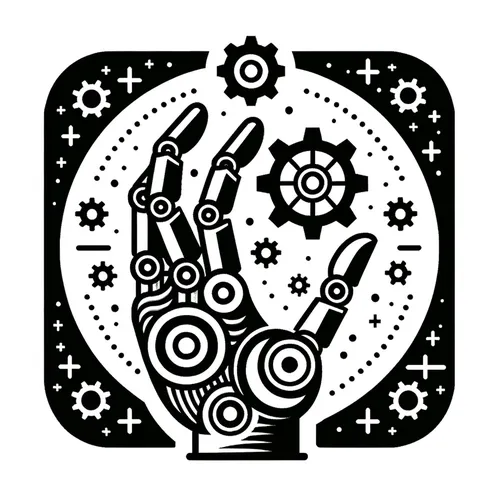Robots Rip Up the Dance Floor: AI's Wild Moves in Manufacturing!
- Author
- Quiet. Please
- Published
- Wed 14 May 2025
- Episode Link
- https://www.spreaker.com/episode/robots-rip-up-the-dance-floor-ai-s-wild-moves-in-manufacturing--66082001
This is you Robotics Industry Insider: AI & Automation News podcast.
The robotics and automation sector is witnessing record-breaking growth and transformative innovation, as industrial robots, collaborative robots, and advanced AI systems become central to manufacturing and supply chain modernization. With global industrial robotics market revenue expected to reach around 19.8 billion dollars in 2024 and projected to soar to over 52 billion dollars by 2033, companies across automotive, electronics, food, and beverage industries are accelerating their adoption of robotic solutions. Collaborative robots, or cobots, are now mainstream on factory floors, prized for their ability to work safely alongside human operators, particularly in automotive assembly lines where over a million robots are deployed worldwide. Market leaders such as ABB, FANUC, and Omron continue to expand their portfolios with AI-driven, highly flexible robotic arms to address labor challenges and boost operational productivity.
Recent developments highlight the momentum: Asia Pacific remains at the forefront, especially South Korea and Singapore, who lead the globe in robot density within their workforces. Meanwhile, North America's robot density and investment continue to rise, fueled by the drive for smart factories and digital transformation. The broader industrial automation market is forecasted to hit approximately 251 billion dollars in 2025, on track for a compound annual growth rate of more than 9 percent over the next decade. This expansion is propelled by the integration of intelligent automation platforms, Internet of Things connectivity, and data-driven optimization, enabling manufacturers to reduce downtime and improve output quality. Major industry players are also capitalizing on partnerships and acquisitions, consolidating expertise in AI software and robotics hardware to deliver end-to-end automation ecosystems.
A standout technical advance is the tighter coupling of machine learning algorithms within robotic controllers, bringing real-time adaptability for tasks like pick-and-place, visual inspection, and predictive maintenance. For example, recent case studies from the electronics sector show that AI-powered robots can now autonomously handle product variations with minimal operator intervention, reducing waste and speeding up changeovers.
For organizations considering investment, practical takeaways include prioritizing modular robotic systems that can scale with production needs, and adopting cobots for applications where flexibility and safe human collaboration are essential. The competitive edge now lies in leveraging data analytics and AI to maximize the uptime and effectiveness of robotic fleets. Looking ahead, trends point toward fully autonomous factories where AI manages not just individual robots, but orchestrates entire production lines—a future where adaptability, intelligence, and efficiency will define the leaders of Industry Four Point Zero.
For more http://www.quietplease.ai
Get the best deals https://amzn.to/3ODvOta
